Horim Art Center (Horim Museum Sinsa) (호림아트센터(호림박물관 신사분관))
2021-06-21
317, Dosan-daero, Gangnam-gu, Seoul
+82-2-541-3523
Horim Art Center in Sinsa-dong is a branch of Horim Museum, opened in Sillim-dong by the Sungbo Cultural Foundation in June of 2009 with the aim of bringing art closer to people. This museum has exhibition halls on the second through fourth floors, a museum shop, and lounge. The building, themed to look like comb-patterned ceramics, is a piece of artwork in itself. The museum aims to show the beauty of Korea's cultural art pieces.
Coreana Art & Culture Complex (코리아나 화장박물관)
2021-01-25
827, Eonju-ro, Gangnam-gu, Seoul
+82-2-547-9177
Coreana Art & Culture Complex is the largest museum in Korea founded exclusively for cosmetics and was created to preserve and promote beauty items and the make-up culture of Korea. The museum is centered around the many beauty items collected over 40 years by Dr. Yu Sang-ok, one of the executive directors of Coreana Cosmetics. In particular, Culture Space C, which opened in 2003 in Sinsa-dong, showcases cosmetics in a multitude of themes, and even sends exhibitions overseas to promote Korean cosmetics on a global stage.
Park Ryu Sook Gallery (박여숙화랑)
2025-01-08
461, Apgujeong-ro, Gangnam-gu, Seoul
+82-2-549-7575
Soon after its opening in 1983, the Park Ryu Sook Gallery moved to Cheongdam-dong, an uncharted territory back in 1988. Ever since, the gallery has played a significant role in turning the region into one of the most representative art places in Korea. The Park Ryu Sook Gallery mainly deals with modern art, and contributes to the development of Korea's modern art scene by recruiting and supporting talented rookies in the field, and by introducing artwork of major modern artists from abroad. Moreover, the gallery works to promote Korean art worldwide by joining major art fairs such as the Chicago, Koln, and Basel art fairs.
Through these and similar activities, the Park Ryu Sook Gallery works to provide the public the invaluable opportunity to enjoy quality artwork, maximize their own creativity, and take a moment out of their hectic lives to indulge in a little self-reflection.
The Story of King Sejong (세종이야기)
2022-09-13
jiha 175, Sejong-daero, Jongno-gu, Seoul
+82-2-399-1000
The Story of King Sejong comprises six different sections with a total area of 3,200 square meters. The museum consists of exhibition zones, an event space, video room, shop and more to display King Sejong’s scientific, artistic, military, and political contributions, including the theory of Minbon, which recognized the people as the base of politics. King Sejong, the 4th king of the Joseon dynasty (1397-1450, reigning from 1418-1450) was responsible for some of the most brilliant achievements in the history of Korea, including the creation of Hangeul (Korean alphabet) and great advancements in the areas of science, culture, art and politics.
Leeungno Museum (이응노 미술관)
2025-10-23
157 Dunsan-daero, Seo-gu, Daejeon
Leeungno Museum, opened in May 2007, commemorates the life and work of the artist Goam Lee Ungno (1904-1989), who devoted his whole life to the modernization and globalization of Korean tradition through architecture. The museum consists of one basement floor and two ground floors designed by French architect Laurent Beaudouin. Various art works from reliefs to paintings can be found throughout the museum.
Seoul Namsan Gugakdang (서울 남산국악당)
2021-08-02
28, Toegye-ro 34-gil, Jung-gu, Seoul
+82-2-2261-0500
Seoul Namsan Gukakdang was established by Seoul Metropolitan Government as a representative traditional art-centered performance hall in 2007. It is comprised of one ground and two basement levels. The performance hall is located on the basement floor with 300 seats, equipped with facilities that deliver pansori sounds and gayageum music to every seat. Visitors can make a reservation at the Namsangol Hanok Village website.
Rasunjae (라선재)
2025-11-17
443-51 Yongdam-ro, Hyeongok-myeon, Gyeongju-si, Gyeongsangbuk-do
Founded by the 1st traditional Silla cuisine master Cha Eun-jeong alongside 2nd master chef Kim Jeong-Hoon, Rasunjae restaurant is a unique venue dedicated to recreating the cuisine served in the royal courts of the Silla Kingdom. Its main menu consists of "Poongwalju 50," themed on Silla period food and Hwarang (young male warriors during the Silla period); and "Silla Twelve Kings Experience," a historical dining experience. Rasunjae also has a well-established reputation as a culinary institution that excels in preserving the taste and cooking styles of the past, and offers a K-Food cooking class for foreigners.
Chocolate Museum (초콜릿 박물관)
2022-12-27
144, Iljuseo-ro 3000beon-gil, Daejeong-eup, Seogwipo-si, Jeju-do
The Chocolate Museum in Seogwipo, Jeju is the second largest chocolate museum in the world (the largest being the Cologne Chocolate Museum in Germany). Built using volcanic scoria unique to Jeju, the museum looks like an ancient castle and seems to complement the surrounding natural environment. The front yard measures 5,000 meters squared and is surrounded by a low-lying fence made of rough stones, giving even passerbyers a great view of the museum's front garden .
At the entrance to the museum, a whimsical statue of a cacao god greets visitors. The museum has three floors and houses a gallery, a theater, a café, a workshop, and a chocolate store. The most popular exhibits are the gallery with various exhibits on chocolate and the workshop showing the chocolate-making process. The chocolate produced at the museum is available for both sampling and purchase. In addition, the 'Collection Square' features a wide array of chocolate cases and other items that Mr. Han Ye-seok, the museum director, has collected from around the world.
In the 'Chateâu Chocolat: Real Chocolate Place' chocolate shop at the Chocolate Museum, visitors can get a taste of hand-made chocolates. The Chateâu Chocolat is a retail chocolate chain with franchises in Gyeongbokgung, Apgujeong, Itaewon, and Changdeokgung in Seoul, and Yangyang and Somdari in Gangwon-do.
Gwangnaru Safety Experience Center (광나루안전체험관)
2020-12-01
238, Neungdong-ro, Gwangjin-gu, Seoul
+82-2-2049-4061
Gwangnaru Safety Experience Center was founded in 1999 after two fire accidents in which many children lost their lives. These tragedies emphasized the necessity of establishing a disaster training center for common citizens.
Gwangnaru Safety Experience Center is a three-story building with one basement floor, covering an area of more than 5,000 m². The basement floor includes a small theater. The first floor is set up for natural disaster training and consists of an orientation hall, storm simulation training room, earthquake simulation room, computer tests on fire safety knowledge and others. The second floor is a place for artificial catastrophe training. It consists of a smoke escape training room, fire extinguisher training room, first-aid (CPR) training room and practice place for calling 119. The third floor is used for rescue training and consists of a rescue training room, screening room, training for professionals and video examples of the five biggest disasters that have occurred in Seoul. Overall there are about 20 training areas established, so citizens can experience the imitation of a disaster by themselves and learn easily and in an interesting way how to cope with a disaster.
Cheongwadae Sarangchae (청와대사랑채)
2025-08-20
45 Hyoja-ro 13-gil, Jongno-gu, Seoul
+82-2-723-0300
Cheongwadae Sarangchae is an “open cultural space” for everyone. Throughout the facility, travel library-themed spaces and tourism-related exhibitions are set up providing distinctive experiences for visitors interested in learning more about Korea. By exploring Cheongwadae Sarangchae and its surroundings, visitors can expand their discovery and get a deeper insight as they travel Korea. Cheongwadae Sarangchae consists of exhbition halls on the first and second floors, with convenient amenities such as a nursing room, storage lockers, accessible restrooms, a gift shop, and a cafe.
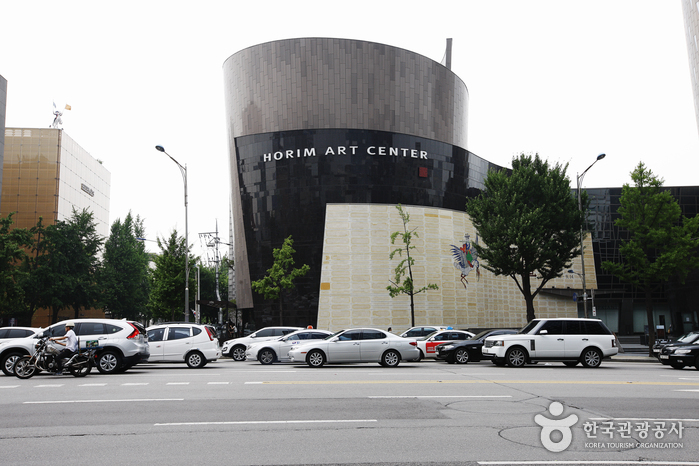
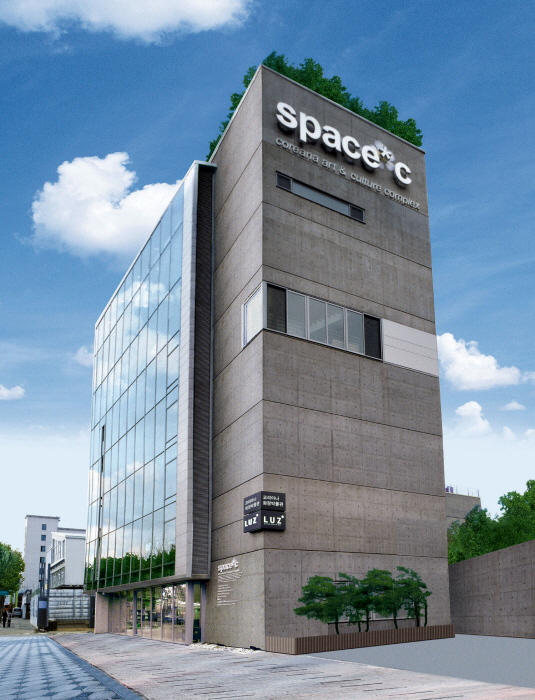
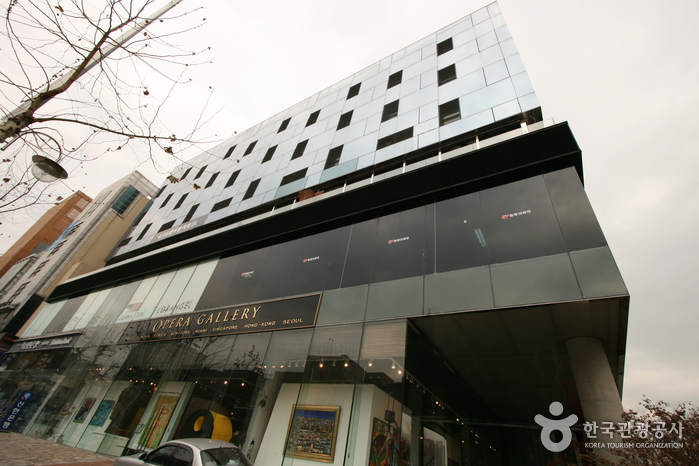
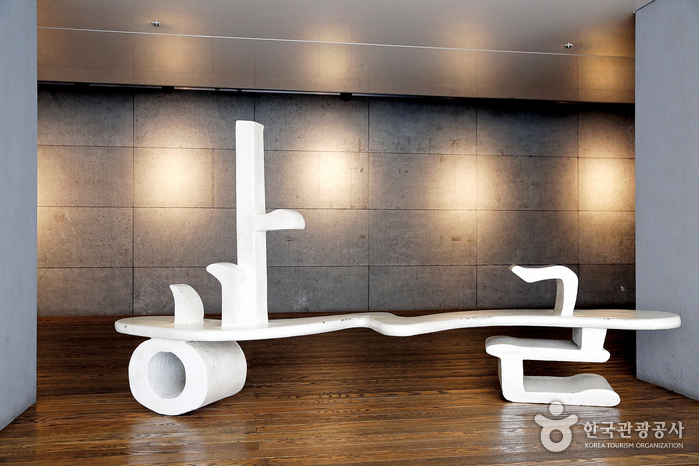
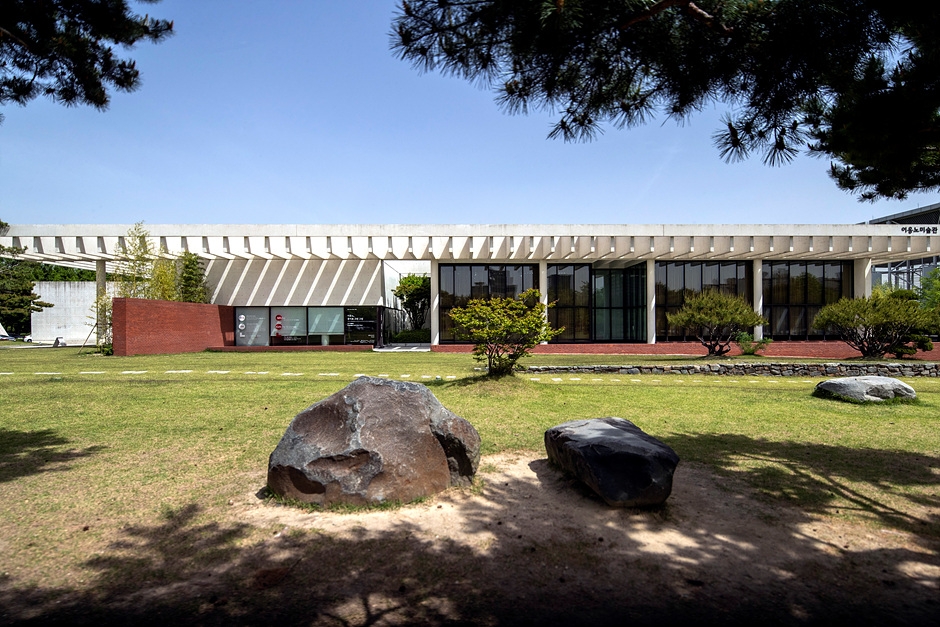
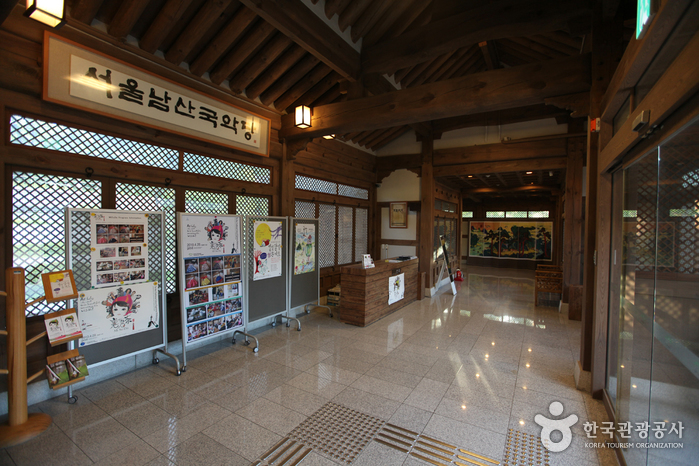
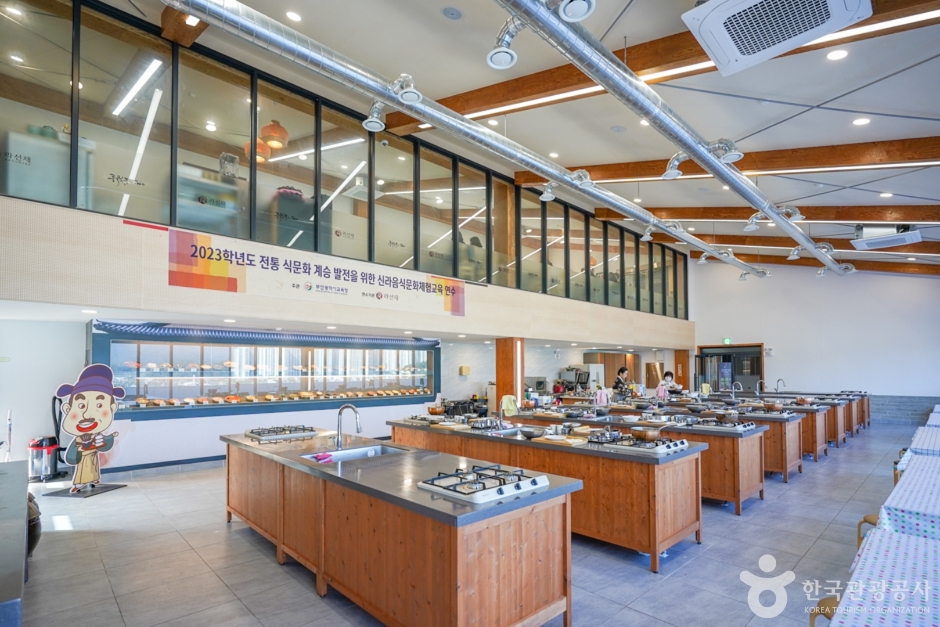
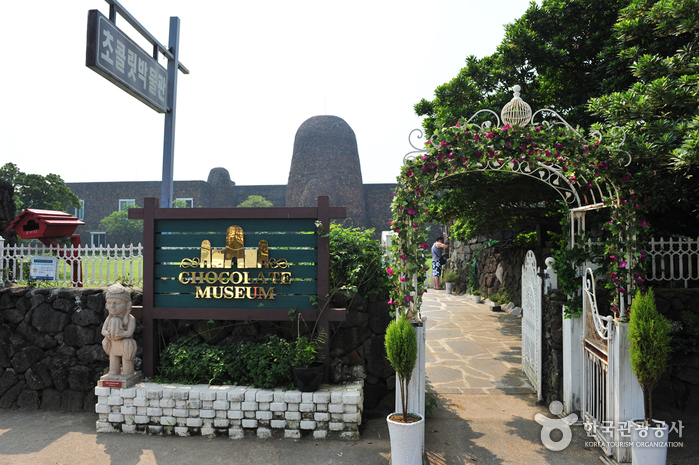
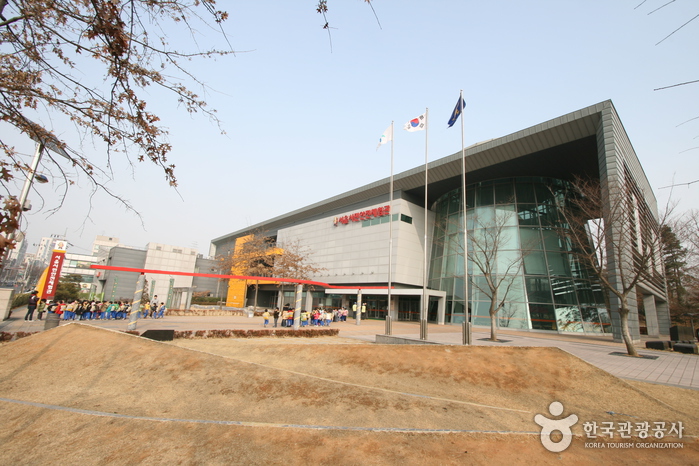
 English
English
 한국어
한국어 日本語
日本語 中文(简体)
中文(简体) Deutsch
Deutsch Français
Français Español
Español Русский
Русский